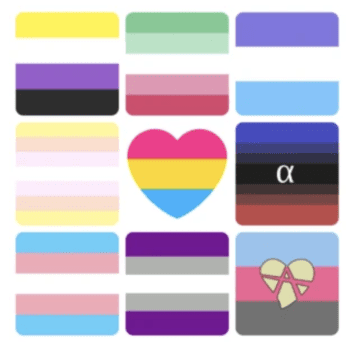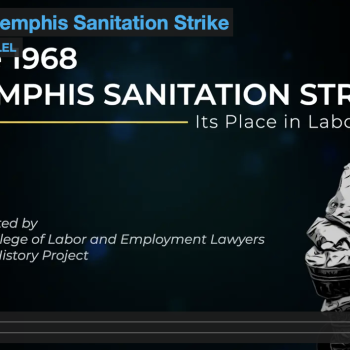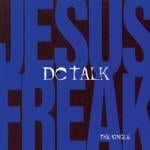Let’s be honest. Most people don’t read the Bible. Back in the day, this was because God only spoke Latin, while the hoi polloi only spoke (or read) all the other languages (other than Latin). King James and Martin Luther fixed this, helping God speak English and German, but…
more recently, nobody reads the Bible because they’re too busy keeping up with their Facebook news feed or liking pictures on Instagram. So we still have a problem.
George Gallup famously (and correctly) said: “Americans revere the Bible–but, by and large, they don’t read it. And because they don’t read it, they have become a nation of biblical illiterates.”
The Real Statistics
In the last five years, the percentage of North Americans who report never reading the Bible has risen from 25% to 32%. From one-fourth to one-third!
More than half of North Americans report having read little or none of the Bible.
Fewer than half of adults can name the four gospels. 60% of Americans can’t name four of the Ten Commandments. 82% of Americans think “God helps those who help themselves is in the Bible” (nota bene: it isn’t).
Anecdotally, when I’m in a small group and I ask, “Do you remember the story of Cain and Abel? Know that story about Jesus and the woman at the well?” people around the table are like, “Ummm… not really.”
There are many more trends in Christianity to consider. Many will undermine deeply felt cultural assumptions, so be ready. But before we can define the only real way to read the Bible, we need to know the real situation.
And this is our situation. But as a social gospel oriented Lutheran, I’m not much convinced the solution to this illiteracy is a pietistic return to individual Bible reading, comfortably seated at the breakfast nook in the early mornings with coffee in one hand and an underliner in the other.
Instead, we need to give more thought to whether we want more bible reading, and where we need it.
Where And When Do We Want People Reading the Bible?
I think we want people to read the Bible in church.
I know this sounds crazy, because we also know from the statistics that less and less people are going to church. But I love that most people get their main exposure to Scripture while gathered in worship Sunday mornings. In fact I might go as radical as

to say that Scripture is really only Scripture when it’s read in community and especially in the context of worship.
Individual reading is great, don’t get me wrong. But so is reading Harry Potter or Homer. Solo reading is a person sitting with great literature. A text read in community oriented towards God is practicing Scripture.
The Bible’s Residency Between Public Worship and Social Media
It’s both easy and hard to find a Bible these days,. even when it’s right there on your phone. Interestingly, when people are asked if they experienced Scripture last week, they frequently overlook having heard it in worship. It’s as if they forget that such hearing is engagement.
They also may overlook when they’ve encountered biblical texts in other mediating contexts, like social shares on Twitter or quotations in a magazine article.
Part of the reality of our engagement with Scripture is that it is both omni-present and over-looked. It’s all over the place, but we sometimes don’t hear it very well. It’s particularly damning when a parishioner says they’ve never heard a text before that was in fact read (and preached on) multiple times in their life as a part of the lectionary on Sunday mornings.
So this brings us around to the planning resources themselves. For those of us who want to increase biblical literacy (and worship attendance), we’re going to need to consider resources that do a better job of engaging contemporary culture with Scripture as it comes to us in corporate worship.
Digitization Of Planning For Worship And Sermon Preparation
Lots of churches are moving online to find helpful planning resources. An examples:
RCL Worship Resources is an online provider of digital worship-planning pack ages. The site provides worship-planning resources for congregations following the Revised Common Lectionary (even less people know about the RCL than know specific stories about the Bible–to learn more, read a great introduction about it at the Vanderbilt lectionary site).
ages. The site provides worship-planning resources for congregations following the Revised Common Lectionary (even less people know about the RCL than know specific stories about the Bible–to learn more, read a great introduction about it at the Vanderbilt lectionary site).
Much of the material at RCL Worship Resources (including lots of free church resources) is what a congregation would receive if they subscribed to another great resource, Sundays & Seasons.
Where RCL Worship Resources is different is that they are putting together lectionary-related resources with a flexibility to be creative and more progressive in their theology than official church publishing houses. For example, in their main resource list, one whole category is related to anti-racism training.
(Not surprisingly, many of the official church publishers cannot be as “open” as they would like, because they’re simply serving a greater demographic, and they need to hit the middle of the road. But in the end, this may actually contribute to some of the levels of biblical illiteracy, because less “open” is sometimes also less “interesting.”)












